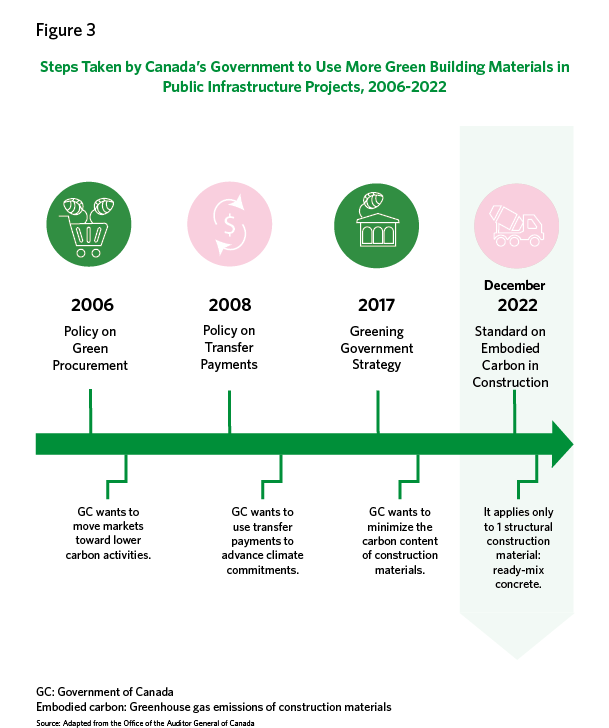Green public procurement is a process in which governments advance environmental policy goals by buying goods, services, works, and utilities that have less environmental impact. The environmental impacts of green goods and services can differ from those of regular goods and services across six phases of the product life cycle: raw material extraction, manufacturing, transportation, use, maintenance, and disposal.
Governments use green public procurement to create or expand markets for environmentally friendly goods and services and to encourage development of environmental technologies. Green public procurement can also help governments achieve other environmental goals, such as reducing pollution, promoting more sustainable production and consumption, and mitigating biodiversity loss.
Green public procurement works by affecting the market price of goods: As demand increases, supply changes to meet demand, which can result in lower prices. The goal is for the price of green goods to be competitive with other goods.
Reforms to green public procurement can use a risk-based approach to prioritize areas with the most potential for success and impact, such as areas where green goods are readily available or where green procurement could be used to raise awareness.
Green public procurement typically involves many participants, which can complicate coordination or the ability to achieve efficiency. Procuring entities may also have other requirements or criteria that may conflict with green procurement, such as requiring the rational use of funds. SAIs may have to adjust their audit practices to align with green public procurement’s goal of acquiring the best value for the funds governments spend instead of minimizing immediate or near-term costs.
Case studies
Lithuania: Are we prepared to conduct green procurement 100%?
Lithuania’s National Audit Office (NAO) assessed efforts by the country’s public procuring entities to move to 100 percent green procurement by 2023. Lithuania’s Eighteenth Government Programme requires a national commitment to making green procurement the dominant form of public procurement as of 2023 and to use only green electricity and heat.
The audit entailed analyzing procurement data and interviewing relevant government officials and external stakeholders, such as those who represent the interests of businesses that the national government procures services from.
The NAO reported in 2022 that while progress had been made in expanding green procurement, Lithuania did not have the conditions to achieve 100 percent green procurement. Specifically, current regulations and monitoring activities were insufficient, and the govnerment had not assessed the budgetary impact.
Canada: Greening of Building Materials in Public Infrastructure
The Office of the Audit General of Canada assessed whether three agencies—Public Services and Procurement Canada, the Treasury Board of Canada Secretariat, and Infrastructure Canada–had used the Government of Canada’s purchasing power effectively to support and prioritize use of low embodied carbon construction materials in public infrastructure projects to contribute to environmental protection goals. Low embodied carbon construction materials have lower lifecycle carbon emissions than traditional construction materials.
The auditors interviewed departmental officials and stakeholders, reviewed feedback received from related working groups, and analyzed relevant documents and case studies. The audit covered the period from December 1, 2021, to February 29, 2024.
The auditors found that the three departments did not use their public infrastructure procurement and financing capacity effectively. The Secretariat of the Treasury Board of Canada and Public Services and Procurement Canada were slow to prioritize low embodied carbon construction materials in federally owned infrastructure; instead, they focused on energy efficiency.
The auditors also reported that because federal public procurement is the tool over which the government of Canada has the most control to achieve the embodied carbon goals of its green procurement policy, the government missed the opportunity to contribute to widespread adoption of low embodied carbon construction materials. This in turn limited Canada’s ability to achieve its climate goals.
Criteria
Other resources
"Green Public Procurement: An Overview of Green Reforms in Country Procurement Systems,” World Bank
